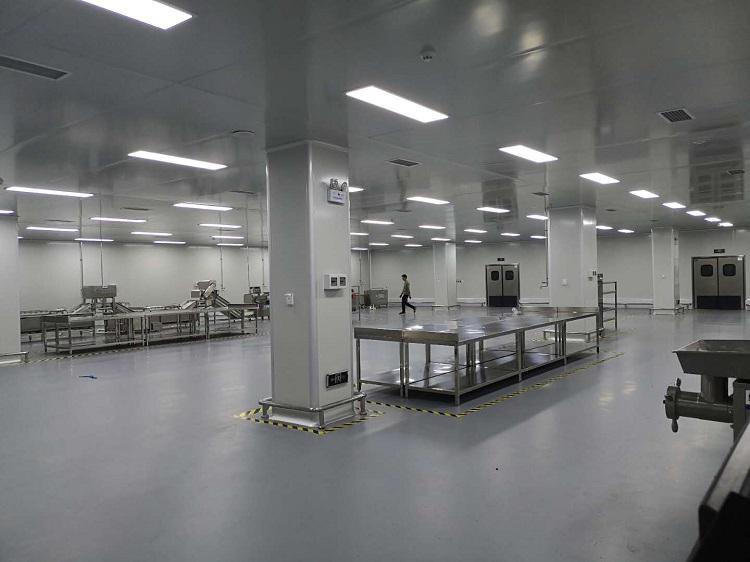The design of the hotel kitchen is the key to the operation of the hotel’s back kitchen, the layout, connection and equipment distribution of functional areas. Different functions have different design features and equipment configurations. Therefore, before designing the hotel kitchen, there must be a set of correct design plans.
Hotel kitchen design essentials:
1.Equipment layout and channel connection are simple and smooth.
The equipment is connected by a channel, and the food delivery channel should have sufficient width. Larger hot kitchen rooms should be equipped with special entrances and exits, and separate entry and exit routes.
2.Shorten the distance between the kitchen and the dining area.
In order to ensure the color, aroma, taste and timely delivery of the food cooked in the kitchen, the cooking area and the dining area should be on the same floor as possible, and close to the dining area. A restaurant with banquet reception capacity needs to use a cart to serve and receive meals, so the cooking area and the dining area should be on the same floor, there should be no steps, and no staggered floors.
3.Ensure to have enough storage space.
The cooking area has the largest logistics throughput. A large number of raw materials, seasonings, seasonings, tableware, utensils, etc. are gathered in the cooking area. There must be enough storage space in the stove room for easy storage, pick and place. Storage space is divided into the following categories: frozen and refrigerated, raw materials that need to be kept fresh; tableware storage, storage of various clean tableware; tool storage, knives, forks, spoons, towels, and rags used by kitchen staff. Reasonable placement; temporary placement, cutting ingredients, pickling ingredients to be cooked, pots, jars, barrels, boxes, all need appropriate storage space
4.Enough energy and water.
For large and medium-sized hotels supporting kitchens and collective canteens, there should also be backup measures for energy and water sources. For example, setting up a backup water tank can ensure temporary water use during water outages.
5.Design with adequate environmental protection measures.
The stove in the hot kitchen produces a lot of oil fume, hot air and waste gas. It is necessary to scientifically and rationally remove oil fume, supplement fresh air, reduce noise and cool down. This is an extremely important technical measure to improve the working environment of the kitchen.
6.Hotel kitchen floor non-slip water absorption.
If ordinary tiles are used in order to save costs, they will seriously affect work efficiency because they are not slip-resistant and do not absorb water. Therefore, the floor design and selection of kitchen materials must be carefully.
7.Water and drainage should be timely.
When designing sinks in many hotel kitchens, because the number of sinks is too small, the chef has to travel far to find the sink, which will affect the efficiency of the kitchen and the hygiene of the kitchen will not be up to standard.
Product Video:  Follow us on Facebook
Follow us on Facebook 
Product Category
| >Cooking Equipment | >Refrigeration Equipment | >Bakery Equipment | >Food Processing Equipment | >S.S. Furniture
| >Food Display Equipment | >Snack equipment | > | >Furniture | >Small Wares

